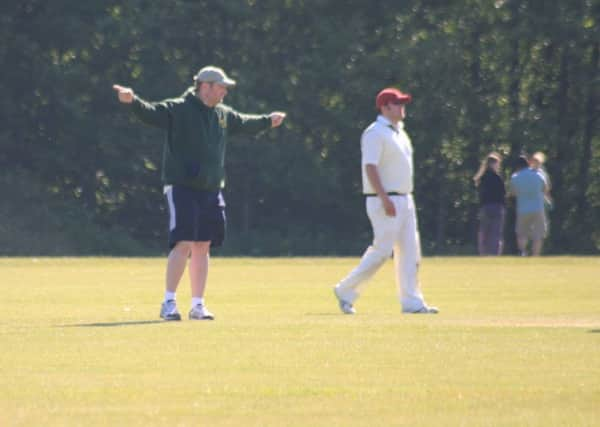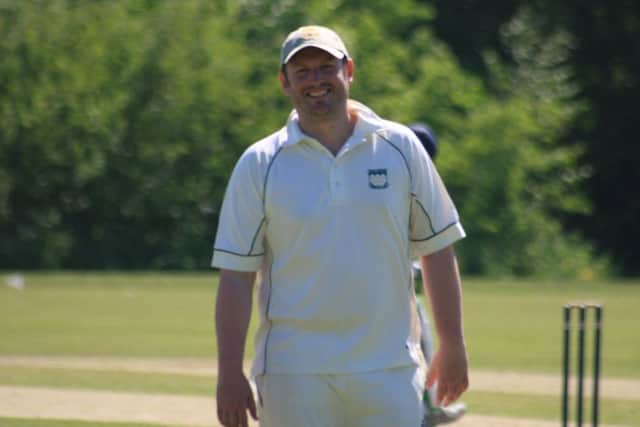COLUMN: Taking the giant leap from cricketer to umpire


Officials in the majority of sports get the rough end of the deal.
Whether it be players answering back, technology highlighting their mistakes or the crowd shouting abuse.
Advertisement
Hide AdAdvertisement
Hide AdBut - apart from when they really don’t help themselves - I have always been a staunch defender of football referees, cricket umpires and the like.


They are usual lone wolves in a battle against a group people trying to take advantage of or influencing them.
And that is why I wanted to start my journey as a cricket umpire by taking the ECBACO Level 1 Cricket Umpiring Course run by the The Sussex Association of Cricket Officials (SACO).
My experience of cricket umpiring has been limited to umpiring my own sides when I wasn’t batting. It is something I have always enjoyed and wanted to expand my knowledge on.
Advertisement
Hide AdAdvertisement
Hide AdAnd the three day course at Horsham Cricket Club under the tutelage of Robert Daykin, Trevor Drake and John Betts certainly did that.
I have played at various levels since I was 11 and considered myself to have a good knowledge of the game.
But this course opened my eyes to a few laws and made me realise how many games I may have got some key decisions wrong (don’t worry, there were no games that would have pivoted on my incorrect decisions!).
The LBW law, when trying to explain to someone who knows nothing about cricket, can be a complicated thing. But actually it’s one of the more simple laws to follow.
You just have to ask yourself five questions:
- Is it a fair delivery?
- Where has it pitched?
- What has it hit?
- Where is the point of impact?
- Will it hit the stumps?
It’s that simple.
Advertisement
Hide AdAdvertisement
Hide AdThe real complications come when there is a runner (the wicket keeper’s end is always the injured striker’s end), when bowlers can bowl again if they have gone off the field for a certain amount of time, what’s a dead ball and what’s a no ball - the intricacies are plentiful and interesting.
It was great to hear about the on-field experiences from our experienced tutors.
They really knew their stuff.
The course itself in run over three days (in my case three consecutive Sundays) and each day is packed with information and finishes with an exam with multiple choice answers.
The next step for me is trying to umpire as many games as I can next year - watch out batsmen everywhere! - and then take the Level 1A course.
Advertisement
Hide AdAdvertisement
Hide AdMy playing days are not over yet but I do hope this is the start of a blossoming umpiring career.
On our course it was great to see a range of experience and ages - there was one 16-year-old in attendance - so no matter what your interest in cricket, this course could be for you.
Are you interested in becoming a cricket umpire?
The Sussex Association of Cricket Officials (SACO) are running Level 1 umpiring courses next year at Arundel Castle (three full Sundays - Jan 24, 31 and Feb 7 ), Crowhurst Park Manor House (eight Monday evenings Feb 22 onwards) and Hove, Sussex County Ground (three full Sundays - March 13, 20 and April 4). If you are interested email Robert Daykin at [email protected] for an application form